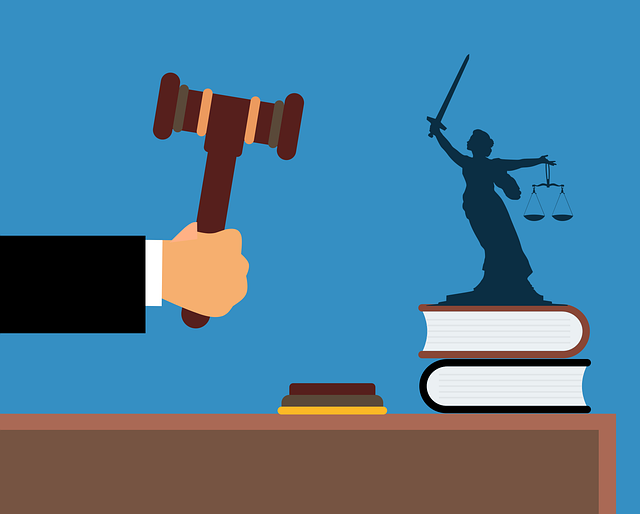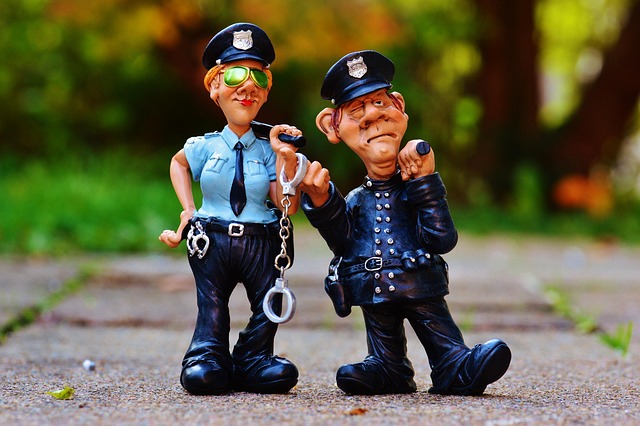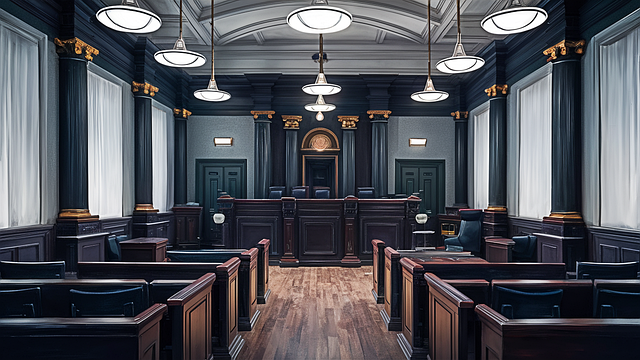Navigating regulatory fraud laws demands understanding complex regulations and strategic investigation techniques, including forensic accounting. To challenge forensic evidence in court, legal professionals must scrutinize methodologies, data collection practices, and expert conclusions through cross-examination. Effective challenges ensure fairness, accuracy, and potential case outcomes, especially in white-collar and economic crime cases. Mastering these skills is crucial for successful criminal defense strategies, focusing on understanding digital evidence vulnerabilities and establishing reliable chains of custody.
Regulatory Fraud Laws: Unraveling the Complexities of Legal Enforcement. In today’s intricate business landscape, understanding and navigating regulatory fraud is paramount. This comprehensive guide explores critical aspects of fraud detection, focusing on the role of forensic evidence in criminal cases. We delve into challenges surrounding scientific rigor and legal standards, offering insights on cross-examining experts and discrediting digital evidence. Learn effective strategies to strengthen legal defenses and master how to challenge forensic evidence in court.
- Understanding Regulatory Fraud Laws: A Comprehensive Guide
- The Role of Forensic Evidence in Criminal Cases
- Challenges to Forensic Data: Scientific Rigor and Legal Standards
- Cross-Examining Experts: Weaking Forensic Conclusions in Court
- Effective Strategies for Discrediting Digital Evidence
Understanding Regulatory Fraud Laws: A Comprehensive Guide

Understanding Regulatory Fraud Laws involves grasping the intricate web of regulations designed to protect consumers and investors from deceptive practices. These laws cover a broad spectrum, from financial reporting inaccuracies to false marketing claims. When investigating potential fraud, it’s crucial to employ a strategic approach that includes thorough documentation and the examination of forensic evidence. This is where understanding how to challenge such evidence in court becomes vital for both prosecutors and general criminal defense attorneys handling high-stakes cases.
Forensic accountants and analysts play a significant role in unravelling financial fraud. Their reports, however, are not infallible. In jury trials, effective cross-examination techniques can expose weaknesses or inconsistencies in forensic evidence, potentially swaying the outcome of the case. By understanding the methodologies employed and the assumptions made during data analysis, legal professionals can mount robust challenges, ensuring fairness and accuracy in general criminal defense strategies across various legal scenarios.
The Role of Forensic Evidence in Criminal Cases
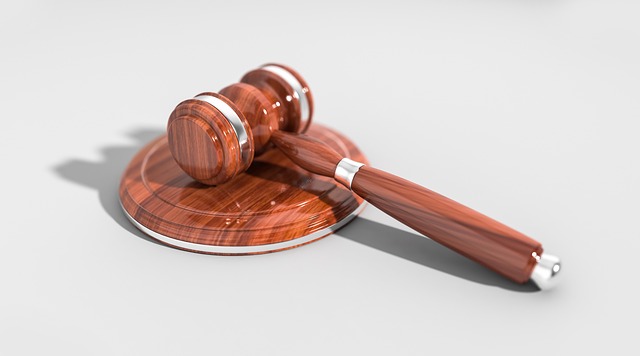
Forensic evidence plays a pivotal role in criminal cases, especially those involving complex white-collar and economic crimes. It provides tangible links between suspects and alleged illicit activities, helping to build robust cases that can stand up in court. This type of evidence, which includes digital forensics, financial records analysis, and physical examinations, offers a comprehensive view of the offences committed. However, given its importance, understanding how to challenge forensic evidence in court is crucial for ensuring justice.
In many instances, experts use sophisticated methods to gather and interpret data, leaving room for debate about their conclusions. Defence teams can exploit these potential weaknesses through rigorous cross-examination and presenting alternative interpretations. The respective business or individual’s unique circumstances may also cast doubt on the generalisations made by forensic analysts, demonstrating that context matters when evaluating such evidence across the country.
Challenges to Forensic Data: Scientific Rigor and Legal Standards

Forensic data plays a crucial role in many legal cases, offering what appears to be irrefutable evidence. However, challenges arise when attempting to use this data in court, particularly regarding scientific rigor and adhering to legal standards. The complexity of digital forensics means that the methodology and tools used must be meticulously documented and validated to ensure their reliability and admissibility.
Expert witnesses are often relied upon to provide insights into forensic findings, but their interpretations can be contested. To challenge forensic evidence effectively in court, legal professionals need a deep understanding of the underlying science and the ability to question the methodology employed. Achieving extraordinary results in such cases may involve rigorous cross-examination, expert counter-opinions, and a meticulous examination of the respective business practices related to data collection and analysis. The ultimate goal is to ensure that any presented forensic evidence meets the stringent legal standards required for a complete dismissal of all charges or a significant reduction in culpability.
Cross-Examining Experts: Weaking Forensic Conclusions in Court
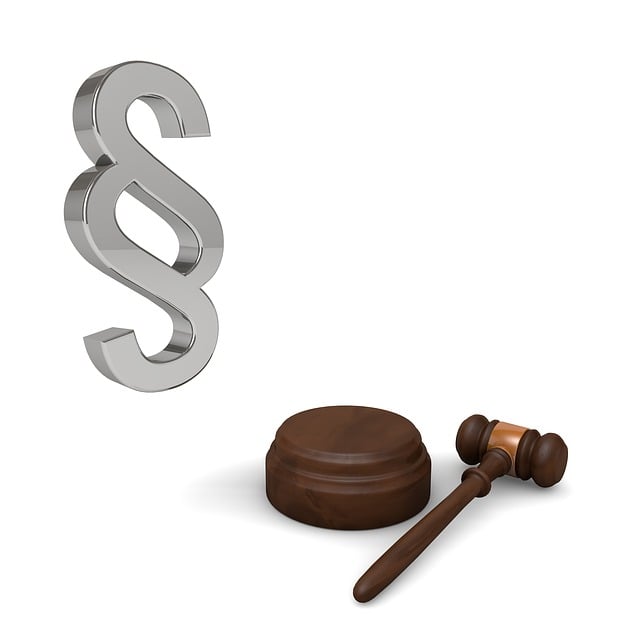
Cross-examining experts is a critical strategy in challenging forensic conclusions during court proceedings. Forensic experts play a significant role in white-collar defense cases, offering insights into complex financial and digital investigations. However, their testimony can be powerful weapons or double-edged swords for prosecutors and defendants alike. To weaken the force of such evidence, attorneys for the defense must employ meticulous questioning techniques.
During cross-examination, lawyers can probe the expert’s methodology, the assumptions made during analysis, and the potential biases that may have influenced their findings. This involves scrutinizing the entire investigative process, from data collection to interpretation, ensuring that all stages of the forensic examination are questioned. By highlighting any flaws or inconsistencies, defense attorneys can create reasonable doubt in the minds of jurors, thereby reducing the impact of what might otherwise be compelling evidence. Such strategic questioning is essential across the country in white-collar cases, where the outcome often hinges on the credibility and reliability of forensic conclusions.
Effective Strategies for Discrediting Digital Evidence

When facing regulatory fraud charges, discrediting digital evidence is a crucial strategy in building a winning challenging defense. In today’s digital age, forensic evidence plays a significant role in legal proceedings. However, it’s essential to understand that such evidence can be vulnerable to certain challenges. One effective approach is to question the integrity of data collection and preservation processes. Accurate extraction and handling of digital files are paramount; any deviation or potential tampering during seizure or analysis may render the evidence inadmissible.
Additionally, experts presenting digital forensics must provide clear documentation and methodologies to establish a reliable chain of custody. This ensures that the original evidence remains intact and hasn’t been altered. By scrutinizing these aspects, legal teams can aim for favorable verdicts, especially in complex cases where securing winning challenging defense strategies is paramount. Remember, effective challenges at each stage of the investigative and enforcement process could indeed avoid indictment and significantly impact the outcome.
In navigating the complexities of regulatory fraud cases, understanding and effectively challenging forensic evidence is paramount. This article has provided a comprehensive guide through the intricacies of regulatory fraud laws, highlighting key aspects such as the role of forensics, challenges in data scientific rigor, and strategies to discredit digital evidence. By mastering techniques like cross-examining experts and employing effective discrediting strategies, legal professionals can ensure fair trials and protect against wrongful convictions. Ultimately, staying informed on these matters is crucial for navigating the evolving landscape of forensic evidence in court, enabling more robust and just outcomes.
